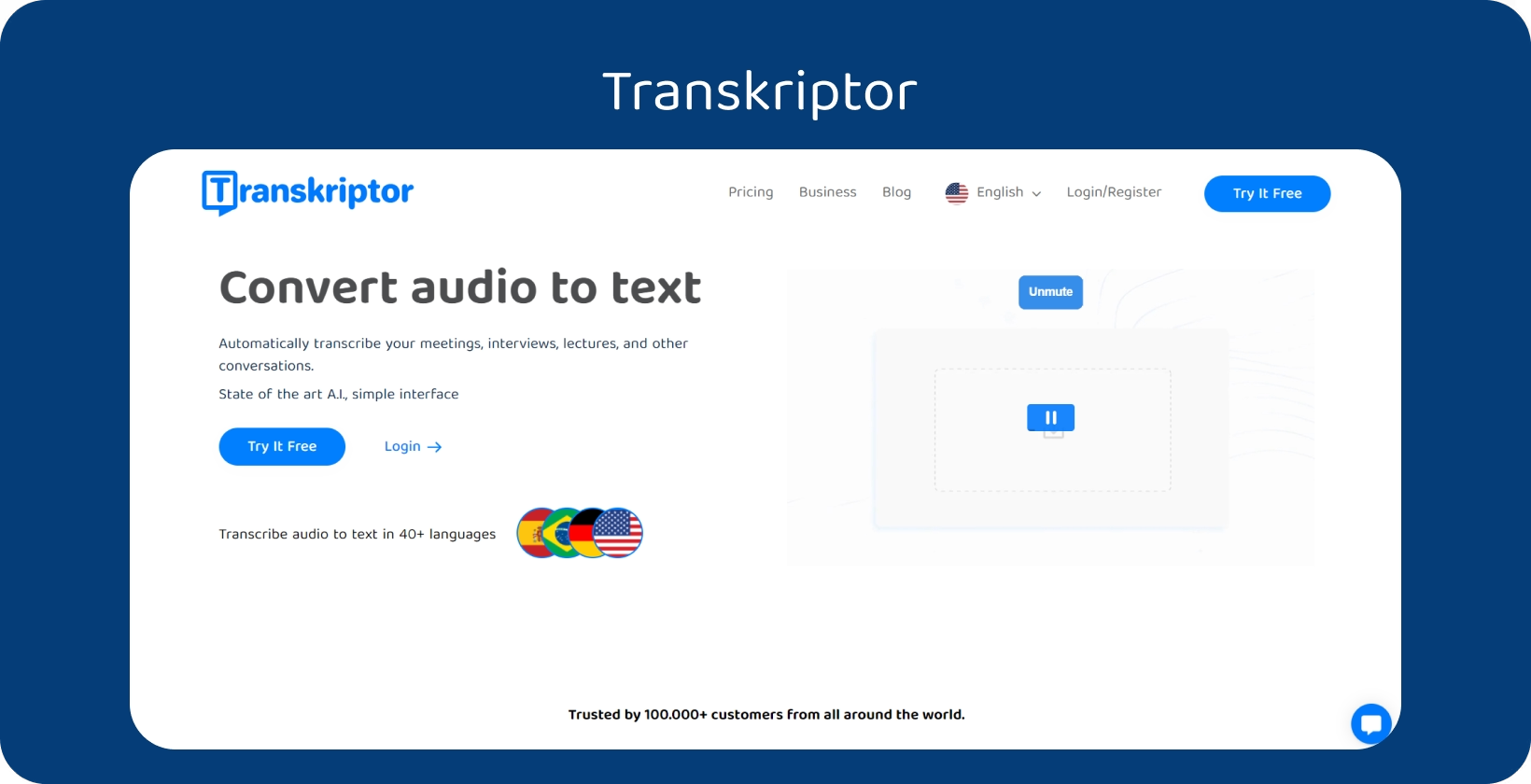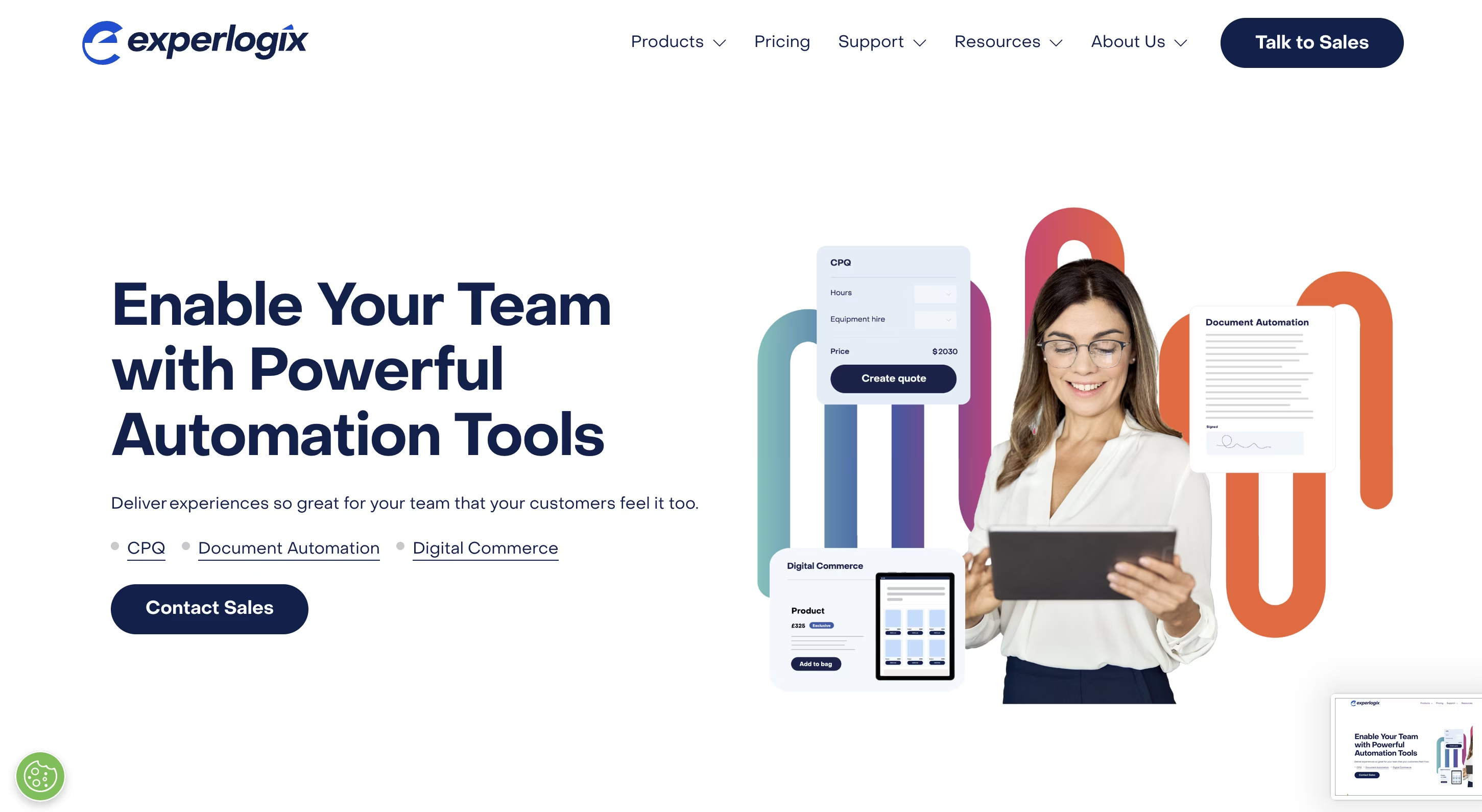You thought that making your documents digitized would solve all your problems. However, it is far from the truth. Now that the number of digital documents is growing, you may face problems managing them. You spend more time searching for misplaced files and handling disorganized systems, reducing productivity and causing delays.
You are also seeing wasted time and more operational costs. This article provides all the answers if you are looking for a solution to this problem. It will help you create an effective digital documentation system. You will learn some excellent strategies and tips to streamline the process.
Understanding Digital Documentation Fundamentals
Digital documentation can help you store and manage all your documents more securely. You can access them anytime you want. In fact, Exploding Topics revealed that businesses relying only on manual documentation would lose 51% of their revenue. Before you use the digitized documents, you need to know their primary fundamentals.
Key Components of Effective Documentation
Here are some key components you need to remember for effective documentation:
- Clarity and Consistency: Make sure the information is easy to read and has consistent formatting.
- Version Control: With a robust system, you can track changes properly. Moreover, you can also access the previous versions.
- Accessibility: Documents should be available to authorized individuals. This will ensure usability without compromising security.
- Searchability: A functional search feature can help you locate specific documents quickly, so you do not need to waste time.
Common Documentation Challenges
While keeping documentation is beneficial, it can pose several challenges:
- Poor Organization: Without a proper system, the documents will scatter, and the retrieval process will become time-consuming.
- Version Confusion: You and your teams might struggle with conflicting document updates if version control is inadequate.
- Security Risks: Sensitive information is vulnerable to unauthorized access or breaches without proper safeguards.
- Inefficiency: When the systems go through overload, it can lead to wasted time and effort.
Benefits of Streamlined Digital Documentation
When you use paperless documentation, it can prove beneficial in various ways, such as:
- More Productivity: Quick access to well-organized documents reduces delays and boosts team efficiency.
- Better Collaboration: Centralized platforms will help you work on multiple documents simultaneously.
- Stronger Security: Robust policies and tools protect sensitive data while maintaining accessibility. Statista revealed that 46% of companies pay ransom after an attack.
- Regulatory Compliance: A well-managed system will help you adhere to standards and minimize compliance risks.
Essential Elements of a Successful Documentation System
A proper documentation system can improve your workflow. Whether you are managing projects or organizing files, a clear strategy will help you easily maintain your documents. Moreover, you can also locate and update the documents more effectively.
- Organizing Your Digital Documents: Create a successful documentation system by grouping files logically.
- Setting Up Naming Conventions: Maintain consistent file naming using a standard format with relevant details.
- Creating Searchable Archives: Enhance searchability by adding keywords to your documents.

Organizing Your Digital Documents
First, you must create a successful documentation system to organize your files. Then, make sure you group the documents properly by project types, clients, or dates. If you are working with other team members, ensure everyone understands the structure.
Setting Up Naming Conventions
To avoid confusion, file names must be consistent. Thus, a standard format must be chosen that includes relevant details, especially YYYY-MM-DD. This step will ensure that everyone can quickly identify the status and location of the digital documents.
Creating Searchable Archives
Even with a well-organized system, you still need to make your documents more searchable. The best way to find your digital documentation is by adding keywords. When your archive grows, the keyword will save countless hours as you will not have to check every file.
Building Your Digital Documentation Workflow
To create an efficient digital documentation workflow, you need to pay close attention to planning. This means choosing the right tools and focusing on the guidelines. This way, you can improve file management processes and enhance team collaboration. Here is how you can build your digital documentation workflows.
- Choosing the Right Tools: Choose tools that align with your needs to enhance document workflows.
- Establishing Documentation Standards: Establish clear guidelines for digital document organization and formatting to maintain consistency.
- Implementing Version Control: Implement a version control system with version numbers or timestamps.
Choosing the Right Tools
You need to choose relevant tools that will help you improve the workflows. Make sure you consider the needs of you and your teams. This way, you can shortlist the most effective tools for the documentation workflow. For example, Transkriptor will let you create knowledge bases to organize important information using documents.
Establishing Documentation Standards
Clear standards ensure that everyone on your team is on the same page. Thus, you must create guidelines for file organization and formatting to maintain consistency. You can ask your teams to follow specific standards while naming and structuring the folders. This will help you avoid confusion in the future.
Implementing Version Control
Version control is essential when multiple people are working on the same documents. That said, you need to implement a transparent versioning system. When naming newer file versions, you must include version numbers or time stamps. It is best to use Transkriptor, as the platform tracks changes and lets you revisit previous versions of your work.
Tools for Documentation Automation
Automation will help you manage your documentation system more accurately. You can save time and reduce manual errors. On top of that, you can focus on high-value tasks while repetitive processes take care of themselves. However, choosing the right document management tools may seem daunting. To help you with the process, here are the top 5 options you need to consider.
Features | Transkriptor | Templafy | ExperLogix | PandaDoc | HotDocs |
|---|---|---|---|---|---|
Main Function | Accurate audio-to-text transcription for better flexibility | Document automation and management | Document creation and management with CRM/ERP integration | Document automation with e-signatures and collaboration | Digital documentation automation and system integration |
Key Integration | Google Meet, Zoom, Microsoft Teams, Google and Outlook calendars | Microsoft Office, Google Workspace, cloud storage | CRM, ERP systems | CRM, project management tools | Other business systems and platforms |
Customization | Custom knowledge bases and document organization | Document approval workflows, version control | Customizable workflows | Document templates, e-signatures, real-time collaboration | Customizable workflows |
Ease of use | Easy to track changes and document history | Less complicated UI | Steep learning curve | User complaints about difficulty with editing | Simple to use |
- Transkriptor: Transkriptor is a professional audio-to-text transcription platform that can help you manage and store digital documents.
- Templafy: Templafy can automate document management processes.
- ExperLogix: ExperLogix integrates with CRM and ERP software to streamline document creation.
- PandaDoc: PandaDoc comes with additional features to improve document workflows.
- HotDocs: HotDocs automates digital documentation and integrates with other platforms.

1. Transkriptor
Transkriptor is a popular audio-to-text platform that can handle all your transcription needs. The platform will let you create custom knowledge bases using transcripts and documents. Depending on your plan, you can create multiple knowledge bases.
Moreover, Transkriptor comes with secured and centralized storage to keep your documents organized. Thus, you can easily access and manage all your files and folders. As you can retrieve important documents easily, you can streamline your workflows.
On top of that, Transkriptor will let you track changes in your documents. Moreover, the History feature will help you view the previous versions of your documents. As a result, you can make content management more flexible.
Key Features
- Accurate Transkriptor Generation: Transkriptor can help you generate highly accurate transcriptions from audio and video files. The platform will ensure you get transcribed text within minutes.
- Multi-Language Support: Transkriptor supports 100+ languages. Thus, you can create your transcriptions in any language you want.
- Excellent Integrations: You can integrate Transkriptor with Google Meet, Zoom, and Microsoft Teams. You can also sync the platform with Google and Outlook calendars.
- AI Chat Assistant: The AI chat assistant feature can summarize your transcription files and reports. Besides extracting key insights, you can also ask the AI any question. You can use any specific template for AI suggestions or create a new one.

2. Templafy
Coming second on the list is Templafy. This digital documentation software will help you automate and manage your documentation more effectively. It also integrates with Microsoft Office, Google Workspace, and cloud storage solutions. Moreover, it comes with document approval workflows and version control. Your teams can easily create documents. However, their pricing is not transparent.

3. ExperLogix
ExperLogix is another digital documentation management system. It can help you automate and streamline document creation and managing processes. Their system typically integrates with various business applications, such as CRM and ERP software. It supports customizable workflows to improve efficiency. With ExperLogix, you do not need to worry about security and integrations. However, the learning curve is too steep.

4. PandaDoc
PandaDoc is suitable for professionals planning to create different types of documents. You will also get additional features like e-signatures and real-time collaboration. The system will help you automate document workflows and reduce manual errors. You can also integrate with various CRM and project management tools. This will help you enhance efficiency and maintain centralized document storage. However, many users have complained about difficulties while editing.

5. HotDocs
Coming last on the list is HotDocs. It is one of the first tools in the market to automate digital documentation. This tool is highly scalable, which will prove beneficial as your needs grow over time. It can integrate with other systems for better data management and workflow automation. The integration is also smooth and seamless. However, its pricing plans are not cost-effective.
Best Practices for Maintaining Your Documentation System
Maintaining an effective documentation system means you must constantly put effort into it. Once your system is set up, it is important to stay relevant and organized. Here are some documentation best practices to keep your documentation system running smoothly:
- Regular Audits and Updates: Regularly audit your digital documentation to remove redundant or unnecessary files.
- Training Team Members: Ensure your team is trained on the structure and features of the documentation systems.
- Measuring Documentation Efficiency: Track metrics like file retrieval time and usage of old versions to assess effectiveness.
Regular Audits and Updates
Remember that your digital documentation is not something you should forget after setting up. You need to conduct regular audits to review the organization of your files. This is one of the most effective ways to remove redundant or unnecessary documents. So, create a schedule for these audits, whether weekly or monthly. Ensure archived materials are still accessible but separate from active files. This will prevent a cluttered system that slows down productivity.
Training Team Members
Even the best documentation system can fail if your team members do not know how to use it. Hence, take the time to train your team on the organization structure. If someone does not know how to access previous versions, train them on that specific part. With proper training, you can reduce errors. This is true, especially when you are onboarding new members. Forbes revealed that 29% of businesses struggle with employee onboarding.
Measuring Documentation Efficiency
You need to determine whether your documentation system is meeting your needs. You need to track specific metrics. For example, you can track the time to locate specific files or how often people use the old versions. You need to collect feedback from your team to identify pain points or inefficiencies. If you encounter any issues, you need to resolve them quickly. This will ensure that the digital documentation system is relevant to your needs.
Conclusion
Creating a digital documentation system will prove a little bit time-consuming. However, once you get it right, you can easily store and manage your digital documentation. You and your team members do not have to waste time finding the proper documents.
Transkriptor will let you create transcriptions and save your documents without any problems. Moreover, Transkriptor will also allow you access to the previous versions of your work. So, choose Transkriptor today for your documentation needs.


